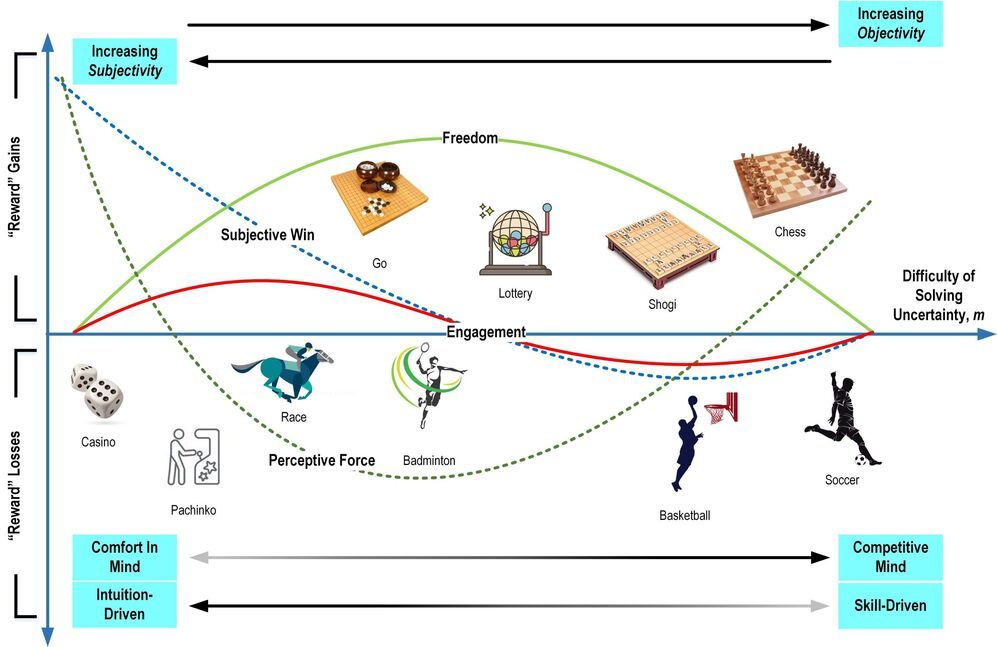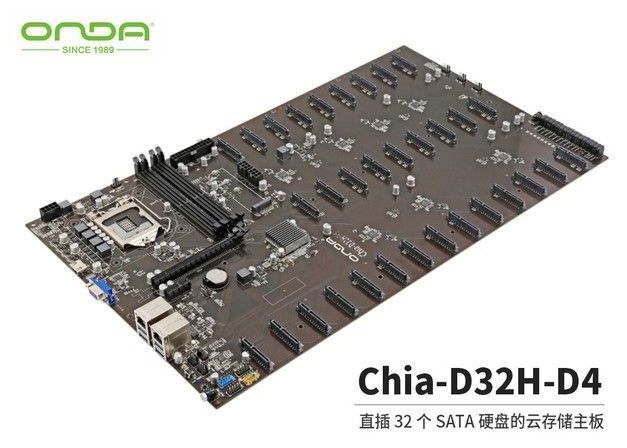La Intel Xe-HPG cada vez es más real y después de varios rumores se han podido ver las primeras imágenes de esta GPU gaming.
Category: entertainment – Page 49
For reference, we can go back to the HRNet paper. The researchers used a dedicated Nvidia V100, a massive and extremely expensive GPU specially designed for deep learning inference. With no memory limitation and no hindrance by other in-game computations, the inference time for the V100 was 150 milliseconds per input, which is ~7 fps, not nearly enough to play a smooth game.
Development and training neural networks
Another vexing problem is the development and training costs of the image-enhancing neural network. Any company that would want to replicate Intel’s deep learning models will need three things: data, computing resources, and machine learning talent.
Graphics-chip maker Nvidia announced its latest gaming processors and artificial intelligence initiatives at Computex. But Nvidia stock fell.
Benjamin, as the AI is known, assembled ‘Zone Out’ from thousands of hours of old films and green-screen footage of professional actors—in 48 hours.
A guide to bosonic codes and error correction in a photonic platform.
Ilan Tzitrin, J. Eli Bourassa, and Krishna Kumar Sabapathy
You and two of your friends, Judit and Gary, are on a long-awaited trip in southern India. On a leg of your journey, you find yourselves on a luxurious train ride through the Deccan Plateau, about to meander through the breathtaking Western Ghats. Before the scenery captures your attention, your friends decide to entertain themselves with a game of chess, while you continue to devour Carl Sagan’s Contact.
A half hour into an intensive game, Judit and Gary agree they could use a break to refresh, and they head to the dining car for some samosas and chai. At this very moment, the train begins a gentle ascent up a mountain, and all the chess pieces slide a little in one direction. The board ends up looking like this:
History tells us that games are an inseparable facet of humanity, and mainly for good reasons. Advocates of video games laud their pros: they help develop problem-solving skills, socialize, relieve stress, and exercise the mind and body—all at the same time! However, games also have a dark side: the potential for addiction. The explosive growth of the video game industry has spawned all sorts of games targeting different groups of people. This includes digital adaptations of popular board games like chess, but also extends to gambling-type games like online casinos and betting on horse races. While virtually all engaging forms of entertainment lend themselves to addictive behavior under specific circumstances, some video games are more commonly associated with addiction than others. But what exactly makes these games so potentially addictive?
This is a difficult question to answer because it deals directly with aspects of the human mind, and the inner workings of the mind are mostly a mystery. However, there may be a way to answer it by leveraging what we do know about the physical world and its laws. At the Japan Advanced Institute of Science and Technology (JAIST), Japan, Professor Hiroyuki Iida and colleagues have been pioneering a methodology called “motion in mind” that could help us understand what draws us towards games and makes us want to keep reaching for the console.
Their approach is centered around modeling the underlying mechanisms that operate in the mind when playing games through an analogy with actual physical models of motion. For example, the concepts of potential energy, forces, and momentum from classical mechanics are considered to be analogous to objective and/or subjective game-related aspects, including pacing of the game, randomness, and fairness. In their latest study published in IEEE Access, Professor Iida and Assistant Professor Mohd Nor Akmal Khalid, also from JAIST, linked their “motion in mind” model with the concepts of engagement and addiction in various types of games from the perceived experience of the player and their behaviors.
Future movie making. Planning your movies years before filming.
Editor’s Note: Previs is a collaboration between previs artists, directors, producers, and other department heads. Directors have a role in guiding and producing the previs, and some furnish the storyboarding materials on which previs is based.
We talked to Hollywood’s busiest visualization studio, The Third Floor, to find out why visualization is the secret MVP of Marvel movies.
Gotta catch them all because this one may cause legionnaires diesease.
“Institute of Zoology have named one of the newly discovered bacteria ‘Pokemonas’ because they live in spherical amoebae, comparable to Pokémon in the video game, which are caught in balls.”
A research team at the University of Cologne has discovered previously undescribed bacteria in amoebae that are related to Legionella and may even cause disease. The researchers from Professor Dr. Michael Bonkowski’s working group at the Institute of Zoology have named one of the newly discovered bacteria ‘Pokemonas’ because they live in spherical amoebae, comparable to Pokémon in the video game, which are caught in balls. The results of their research have been published in the journal Frontiers in Cellular and Infection Microbiology.
Bacteria of the order Legionellales have long been of scientific interest because some of these bacteria are known to cause lung disease in humans and animals—such as “Legionnaires’ disease,” which is caused by the species Legionella pneumophila and can sometimes be fatal. Legionellales bacteria live and multiply as intracellular parasites in the cells of organisms as hosts. In particular, the hosts of Legionellales are amoebae. The term ‘amoeba’ is used to describe a variety of microorganisms that are not closely related, but share a variable shape and crawling locomotion by means of pseudopods. “We wanted to screen amoebae for Legionellales and chose a group of amoebae for our research that had no close relationship to the hosts that were previously studied. The choice fell on the amoeba group Thecofilosea, which is often overlooked by researchers,” explains Marcel Dominik Solbach.
Let the farming games begin.
Chinese motherboard manufacturer Onda (via ZOL) has launched the brand’s new Chia-D32H-D4 motherboard. The model name alone is enough to tell you that this motherboard is aimed at farming Chia cryptocurrency, which has already caused hard drive price spikes in Asia.
Designed for mining, rather than to compete with the best motherboards for gaming, the Chia-D32H-D4 is most likely a rebranded version of Onda’s existing B365 D32-D4 motherboard. It measures 530 × 310mm, so the Chia-D32H-D4 isn’t your typical motherboard. In fact, Onda has produced a special case with an included power supply for this specific model. The unspecified 800W power supply arrives with the 80Plus Gold certification, while the case features five cooling fans.
AI squad mates. Called this a few years ago. It’s too annoying getting strangers to join up on some online task for a game.
Who wouldn’t want an A.I.to sit there and play backseat gamer? That’s exactly what looks to be happening thanks to a recently revealed Sony patent. The patent is for an automated Artificial Intelligence (A.I.) control mode specifically designed to perform certain tasks, including playing a game while the player is away.
In the patent, as spotted by SegmentNext, it’s detailed that this A.I. will involve assigning a default gameplay profile to the user. This profile will include a compendium of information detailing the player’s gaming habits, play styles, and decision-making processes while sitting down for a new adventure. This knowledge can then be harnessed to simulate the player’s gaming habits, even when said gamer is away from their platform of choice.
“The method includes monitoring a plurality of game plays of the user playing a plurality of gaming applications,” reads the patent itself. “The method includes generating a user gameplay profile of the user by adjusting the default gameplay style based on the plurality of game plays, wherein the user gameplay profile incudes a user gameplay style customized to the user. The method includes controlling an instance of a first gaming application based on the user gameplay style of the user gameplay profile.”








